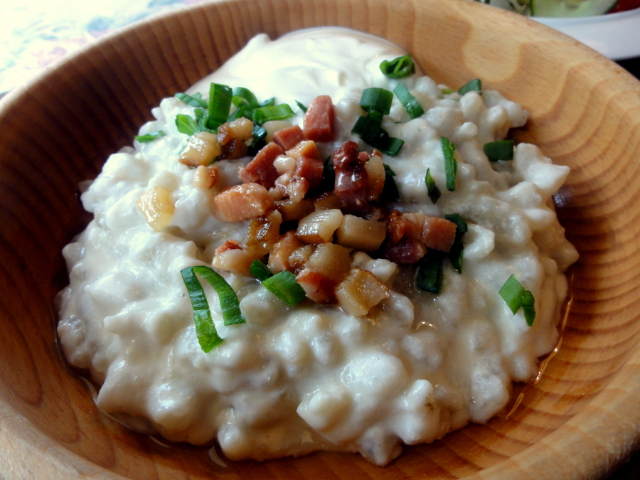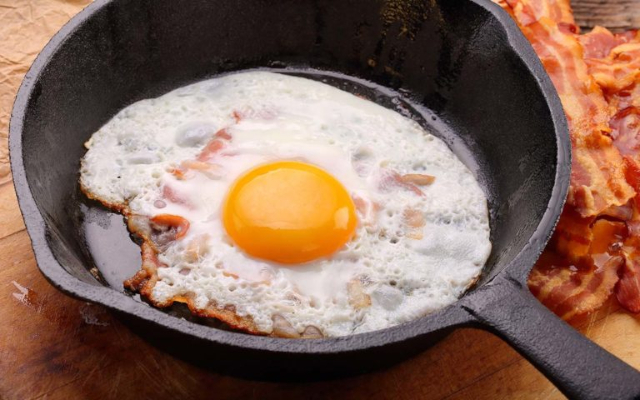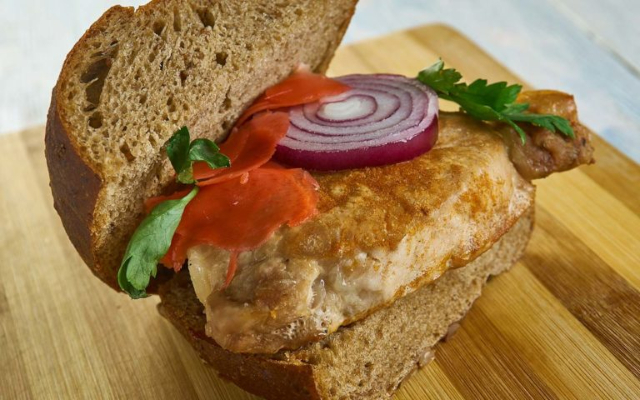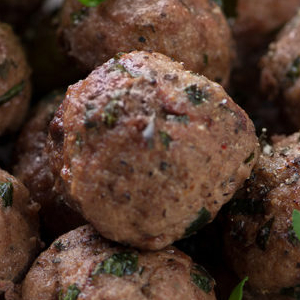Slovakia is the southeastern neighbour of the Czech republic, once part of the same country before Czechoslovakia was divided in two after the fall of the Soviet Union. You’d think its culture and cuisine would have a lot in common with Czechia, but it’s a different world!
 Bryndzové halušky: Dumplings with bacon and cheese. Slovakia’s national dish!
Bryndzové halušky: Dumplings with bacon and cheese. Slovakia’s national dish!
Yes, Slovakia is surrounded by other former Soviet satellite states, and it has many dishes in common with them. But it’s also a separate and distinct cultural enclave which traces its history back hundreds of years.
The landlocked mountainous nation is surrounded by Poland, Ukraine, Hungary, Austria and Czechia. All these neighbours have influenced Slovakia’s cuisine, as you’d expect. But there’s plenty there that goes back to the 5th century, when the Slovaks first arrived in the area. They prospered and grew into the principality of Moravia, which later became part of the Hungarian empire.
After the First World War, the Austro-Hugaruan Empire was dissolved, and Slovakia was combined with Czechia to form Czechoslovakia. In 1948, following a coup, the country became a Soviet satellite state and remained so until the Berlin Wall came down. A couple of years later, in 1993, the Czechs and Slovaks peacefully split into separate sovereign nations.
Slovak cuisine
As we said, there’s a lot in the Slovakian national cookbook that reflects their take on traditional foods from Poland, Hungary and Austria, in particular. You’ll find goulash, stuffed peppers, cabbage soup, dumplings and lots of other familiar dishes on the menu at most Slovak restaurants. But there’s also a host of unique foods you’ve probably never heard of before, let alone tried. Slovakians love their soups and stews, dumplings and pancakes.
Common ingredients include pork and chicken, cabbage, cheese and onions. And don’t forget the paprika!
On our menu today
Bryndzové halušky: Dumplings with Bacon and Cheese. The cheese goes inside the dumplings, and the bacon hunks go on top along with sour cream and fried onion. Another version of this dish is Bryndzové Pirohy, which uses Slovakian in place of dumplings. It’s a national dish of Slovakia, enjoyed everywhere in the country, by everybody.
Prívarok: Legume and Vegetable Stew. It’s a combination of cabbage, beans, lentils, cauliflower, spinach, potatoes and peas, thickened with a novel slurry of flour and whipping cream.

It’s traditionally served with fried eggs and fried potatoes or bread on the side.
Mäsové guľky: Slovakian Meatballs. I know; every national cookbook has a version of meatballs. But the Slovakian one is unique in that the ground pork ball is encased in mashed potatoes. It’s served over steamed cabbage, topped with chopped spring onion and fried cooking onions.
Langoš: The Slovakian analogue of Pizza. The thick crust is made in single-servings size and sauced with cheese, tomato ketchup, garlic sauce, and tartar sauce (see photo, top of page). Popular toppings include bacon bits and onions. This is a quintessential Slovakian street food. You’ll find Langoš street stalls and take-outs all over the bigger cities.
Hemendex: Say it fast: ‘Ham and Eggs’ with a Slovakian accent! Maybe that’s just a coincidence. But this popular breakfast dish is based on slices of deli ham overlapped to form a base layer about 4-5 in. / 12 cm across.

Then a fresh egg is cracked on top and cooked until the egg is ‘sunny-side’. Dust with a little salt (if needed) and paprika.
Granadír: Potato and Pasta Hash. Yes, starch-on-starch. But Slovakians love it – alone as a veggie main or beside roasted meats, sausage or pork chops. Medium dicerd onions are sautéed until tender, then large-diced previously cooked potatoes are added to the pan. The dish is cooked over medium heat in a mixture of vegetable oil, paprika, finely diced onion, salt and pepper. Just before serving, pre-cooked pasta is added and folded in. As soon as the pasta is heated to serving temperature, it’s ready to dish up.
Vyprážaný sýr: Breaded Fried Cheese. A universal favourite, thick slabs of Edam or Emmenthal cheese are breaded in the classic way then deep fried. They’re available at restaurants, canteens, and street stalls all over the country. It usually comes with a side of fries or fried potatoes, and/or julienned veggies, and a dollop of Tartar Sauce for dipping.
Cigánska Pečienka: A Slovakian Fried Chicken (or Pork) Burger. This immensely popular street food is simply a grilled or fried breaded boneless chicken breast or pork chop…

…served on a bun with mustard and caramelized onions, and hot peppers optional.
Langoš: The Slovakian analogue of Pizza. The thick crust is made in single-servings size and sauced with cheese, tomato ketchup, garlic sauce, and tartar sauce. Popular toppings include bacon bits and onions. This is a quintessential Slovakian street food. You’ll find Langoš street stalls and take-outs all over the bigger cities.
Are you getting the vibe?
Slovakian food is a colourful and varied nosh! The foregoing examples were carefully curated from a much larger selection of classic Slovakian dishes I found on the internet. Start your Google tour of Slovakian cuisine here, or here…
Tomorrow, we’ll delve into Slovakian breads. Like other Middle-European countries there’s considerable overlap between breads and desserts!
~ Maggie J.

